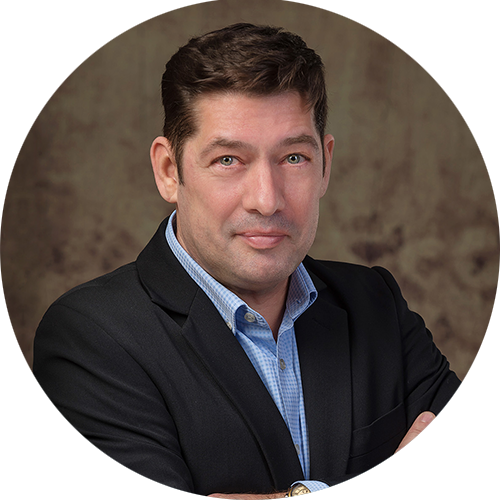
How to Shape and Lead a Self-Sustainable Dream Team
Sailing through a storm successfully =
Shaping and Leading your own self sustainable team.
Imagine you are at the helm of a wonderful sleek, slender, sailing boat. Your pride and joy. But the sky darkens all of a sudden, there is chaos, the bow goes up and down, from triumph to unfathomable depths. Your crew are somewhere on the boat and you cannot communicate with them anymore. You do not know where you are going, the compass you can barely see has gone mad…

About the author
Vladimir Novac is based in Bucharest, Romania and works as top-executive leadership trainer and coach around the globe. He is certified NLP Practicioner and Change Indicator Analyst and especially dedicated to the topics of team development, self leadership, performance management and change. Inspired by a big personal mission, he is enriching the MDI world since many years with knowledge and passion.
How is your boat now? What about your crew?
Do they have the right skill set to safely bring the boat to the sunny shore?
What about their mindset?
Mindset
Diversity
The amount of different perspectives, backgrounds, education, personality, that will ensure creativity, constructive conflict, complementing skills, avoidance of group think, as well as lack of general boredom!
Experience
Teams need experience in working together, in order to calibrate, pace, trust, adapt, hate, appreciate, evolve.
Tribe
Experience brings about stories, myths, heroes, taboos, as well as a general feeling of safety and belonging.
Commitment
comes then naturally, and it would link as well to the skill set environment as the individual understands their roles within the team and the team accepts them in that role.

Skill set
Communication
If you look at the AGILE manifesto, everything is communication at the right time, with the right people, using the right channels, over and over again.
Feedback
After getting feedback on my training and coaching skills for 20 years now, I know one fact: Feedback is important not only for learning purposes but for ensuring accountability as well.
Learning
Self-sustainable teams learn by themselves. Provided they want to and provided they have an agreed, continuous, effective, quick learning system. This will allow them to adapt and evolve.
Role
Individuals in the team have a formal role and an acknowledged role. Leaders are not the only ones to be acknowledged, validated by the team. We all are.
And please remember this wonderful quote from Maria Montessori: “Development is a series of rebirths”.
Maybe this is a good moment for the rebirth of your team?
Vladimir Novac | MDI Partner, Trainer and Coach












